#aeropress
Text
at work and thinking about how I keep forgetting to bring in new coffee creamer, which has made the other staff desperate
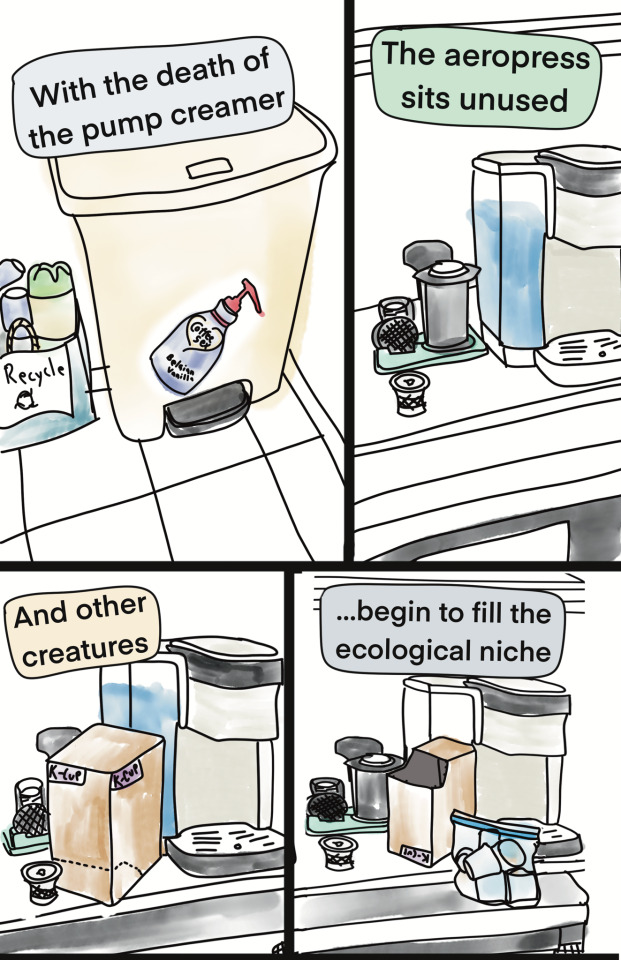
13 notes
·
View notes
Text

Simply the best coffee brewing method.
13 notes
·
View notes
Text

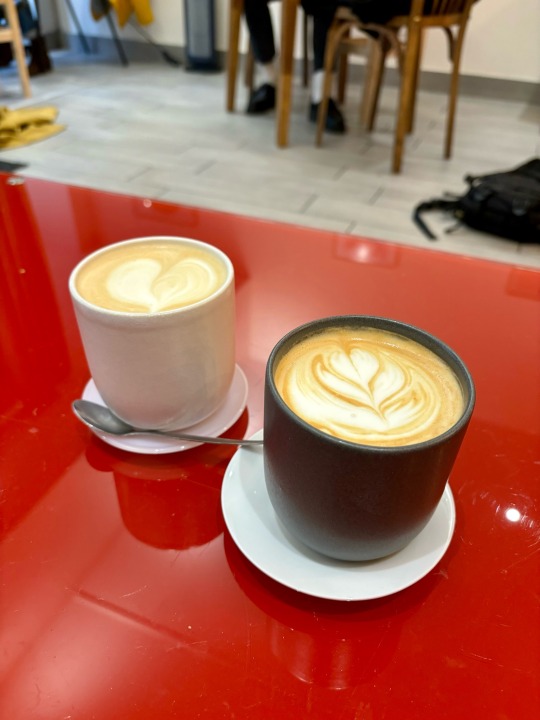


Hello !
Just popped in to Sepia coffee in Nancy, I've been wanting to try their coffee for a while now and here we are !
With my friend, we had a coffee latte with popcorn and caramel syrups with some pastries, and it was really good! the coffees we had were warm and smooth, the atmosphere was cosy and the baristas were very friendly !
We had a great experience there. You can tell they're working hard to help you discover what a good coffee is all about !
#coffee shop#coffee latte#latte art#plants#filter coffee#aeropress#aesthetic#cozy coffee#tea time#local business#sepia coffee
9 notes
·
View notes
Text

7 notes
·
View notes
Photo
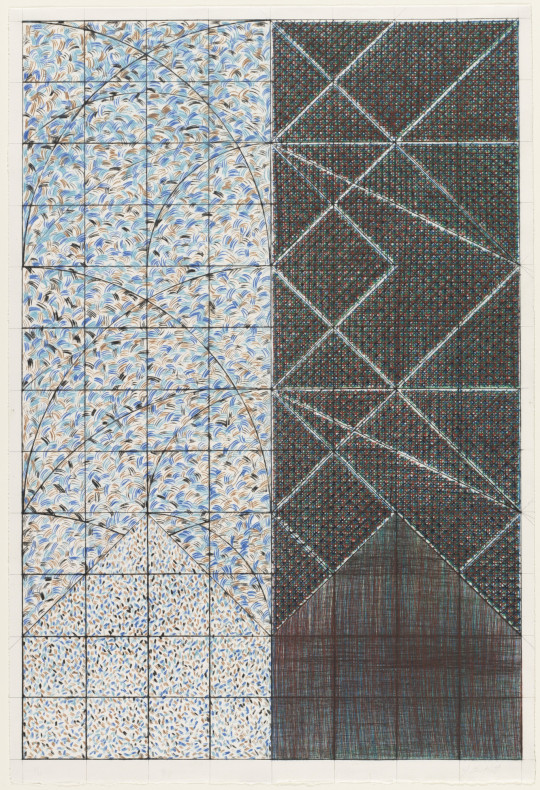
Jennifer Bartlett, Day and Night, [from an untitled series], (drypoint), Published by Multiples, Inc., Printed by Aeropress, New York, NY, 1978, Edition of 35 [MoMA, New York, NY. © Jennifer Bartlett]
#art#drawing#geometry#pattern#grid#drypoint#jennifer bartlett#multiples inc.#aeropress#moma#the museum of modern art#1970s
92 notes
·
View notes
Text
Training to be an Aeropress barista

51 notes
·
View notes
Text

It’s never enough, is it? Time. We always think we have so much of it, but when it really counts, we don’t have enough at all.
T.J. Klune, Under the Whispering Door
#coffee#coffee and books#coffee aesthetic#coffee addict#coffee lover#coffee picture#books and coffee#cafeteria#cafe aesthetic#cafe photography#aeropress#book and coffee#books quotes#booklbr#bookbl#book blog#fantasy#t.j. klune#under the whispering door#aestheitcs#beautiful photos#spring#bookstagram#photo of the day#booklrcommunity#coffee culture#coffee coffee coffee#coffee pot#mug#coffee cup
42 notes
·
View notes
Text
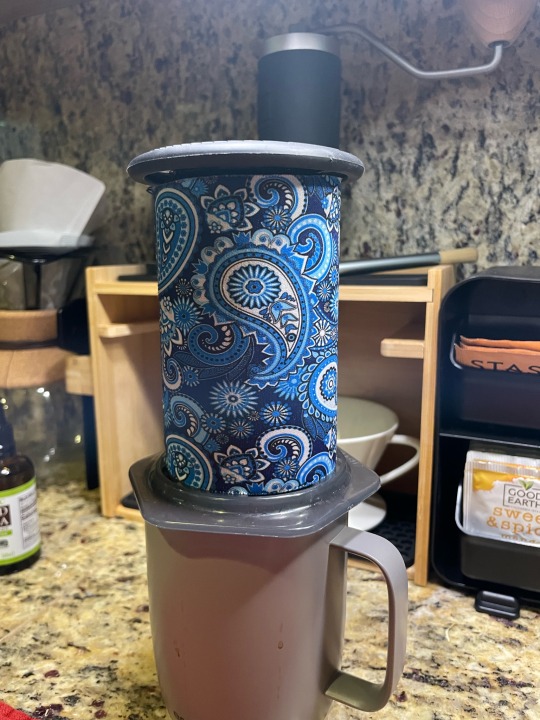
aeropress sleeve insulated Coozie on Etsy. What do you think?
12 notes
·
View notes
Text
officially entered my granny era, i've started drinking coffee in the evening

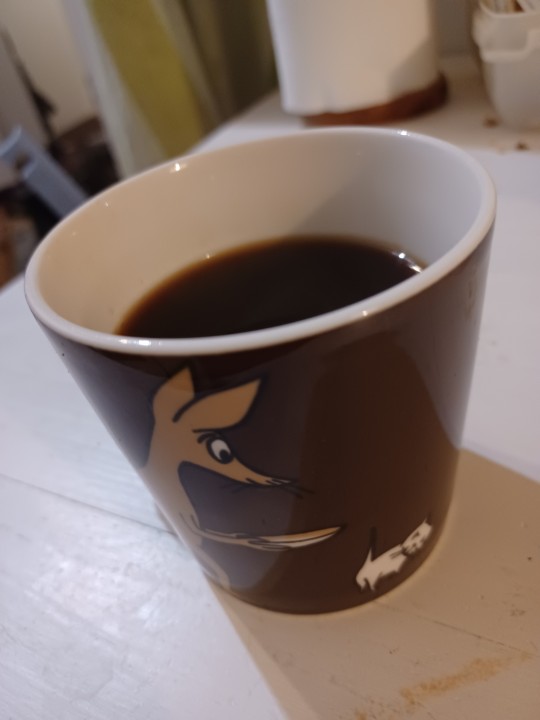
10 notes
·
View notes
Text
Brewed this bag with the V60 and April Brewer using different recipes and always came out flat. Tried immersion brewing using the Aeropress and Hario Switch and both cups were tasty!
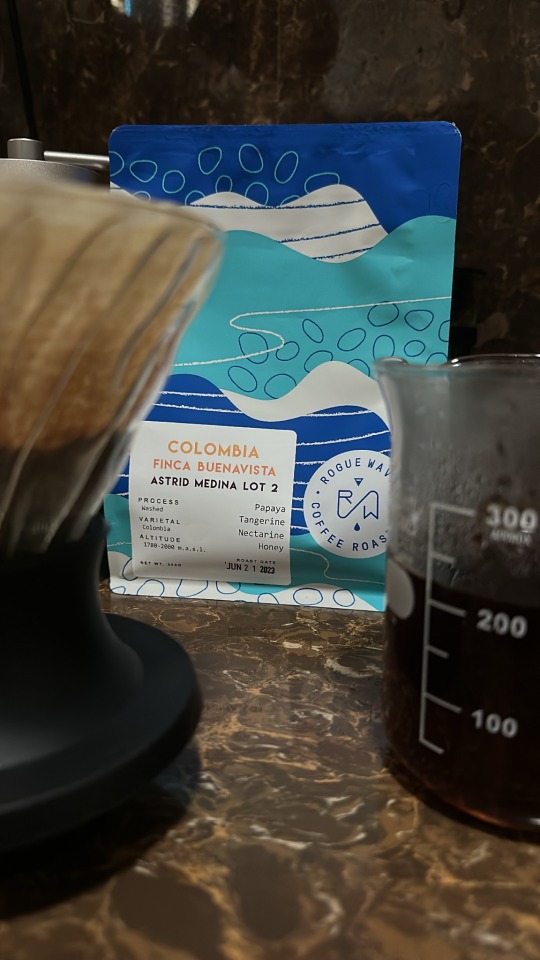
Brewed this bag with the V60 and April Brewer using different recipes and always came out flat. Tried immersion brewing using the Aeropress and Hario Switch and the results were surprisingly tasty!
5 notes
·
View notes
Text
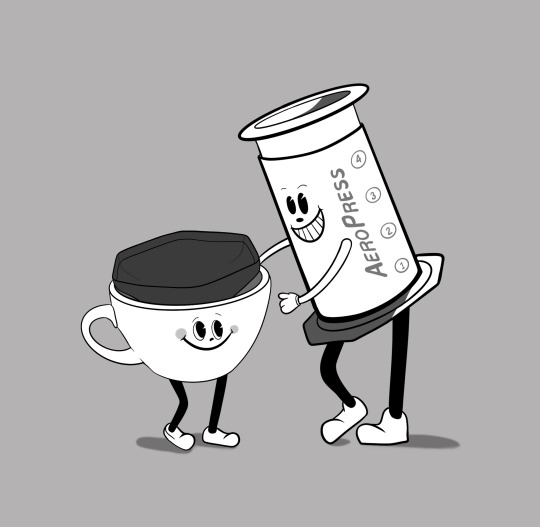
23 notes
·
View notes
Text
someone asked me if i made the coffee i was drinking myself, foolishly not realizing they had unlocked The Aeropress Conversation
4 notes
·
View notes
Text
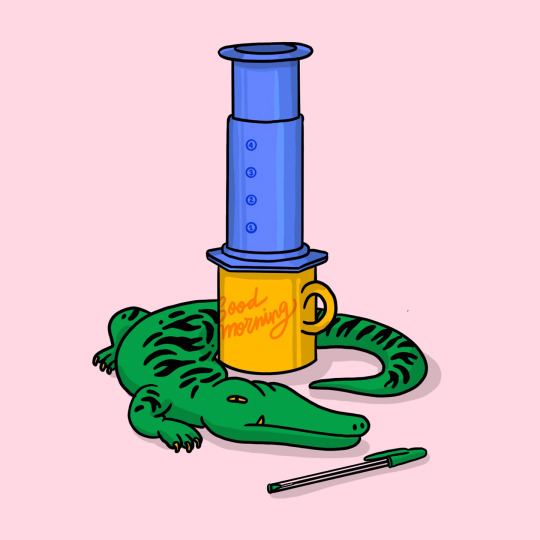
Good morning! Who wants some coffee?
6 notes
·
View notes
Photo

Jennifer Bartlett, Day and Night, [from an untitled series], (drypoint), Published by Multiples, Inc., Printed by Aeropress, New York, NY, 1978, Edition of 35 [MoMA, New York, NY. © Jennifer Bartlett]
#art#drawing#drypoint#geometry#pattern#grid#jennifer bartlett#multiples inc.#aeropress#moma#the museum of modern art#1970s
93 notes
·
View notes
Text
Bir kahve için güzel zamanlama.
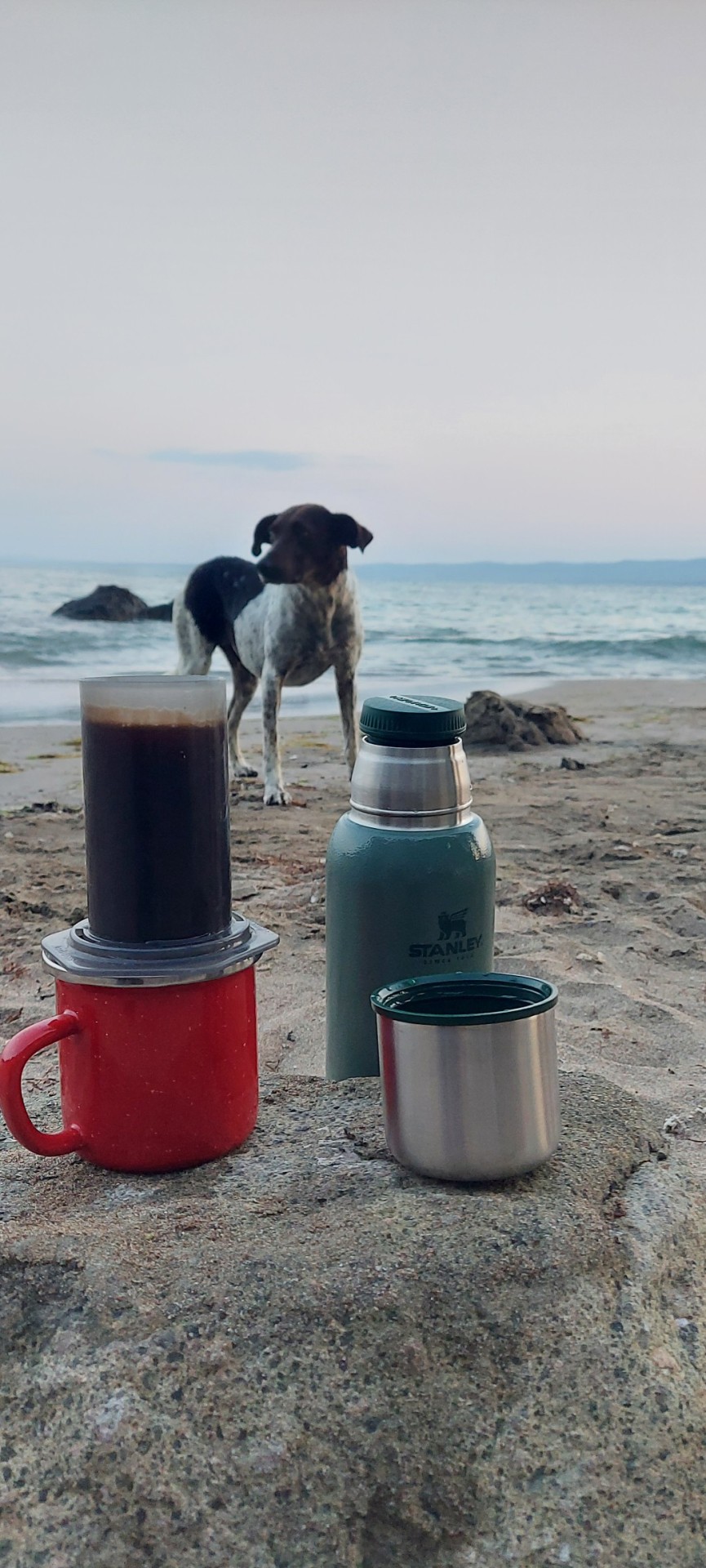
10 notes
·
View notes
Text

Dialing in Espresso Grinders
What is it?
“Dialing in” refers to a process wherein a barista will adjust the dosage (amount of grounds in the portafilter), grind size (fine to course), weight (in grams), and extraction time. All four of these variables combine depending on your particular coffee shop’s espresso beans and recipes to make the perfect espresso shot.
Extraction:
Once the coffee grounds have been tuned to your shop’s specifications, the “extraction” process begins. Simply put, this is just when hot water is forced through your grounds (now a coffee puck) at a certain pressure to produce the espresso. This is typically at “nine bars” of pressure.
Depending on the extraction time, your coffee can come out in one of three ways: under-extracted, perfectly extracted, or over-extracted. The easiest extraction time to recognize is under-extraction. If your espresso has come out under-extracted, it will taste overly acidic and sour. It may appear watery and light as well. A perfectly extracted shot can balance acidity, sweetness, and the bitter taste we normally associate with coffee to produce a beautifully rounded flavor profile. An over-extracted shot will have an ashy, burnt flavor. The bitterness will be the overwhelming flavor profile.
Specifications:
Specifications can vary depending on the espresso beans used and each coffee shop’s own flavor profile preferences. It can also vary between regular and caffeine-free espresso beans. That said, an ideal starting place for practicing baristas is a dosage of 18g-21g. With normal espresso beans (caffeinated), start at 18g and then add more if necessary (we’ll go over how to determine when you need more later). Once you have 18g of espresso in your portafilter, we want an extraction time of anywhere from 25–32 seconds. Again, this depends on your espresso. Regular espresso may need less extraction time than decaf espresso.
Pulling the shot:
Assuming we are starting at 18g, we can begin pulling shots. Tamp the grounds accordingly in your portafilter. The grounds should be smooth and level before you put the portafilter into the group head and pull the shot. Now, observe how quickly the espresso comes out after hitting the start switch above your group head. We want to see about 3-5 seconds between pressing the start button and when the espresso actually comes out of your portafilter. If the espresso comes out of the portafilter immediately, we know that either the tamp wasn’t hard enough or the espresso grounds need some fine-tuning. Fast usually means the grinds are too coarse, so the easiest way to fix it is to simply fine-up the espresso grinds. If the espresso is still coming out too fast, it’s time to adjust your dosage a few grams at a time. During this process, it may be the case that you need to coarsen up the espresso again and just add some more grounds to your portafilter. It’s all a balancing act.
Now, what happens if you do all of this and the espresso takes too long to come out? Well, we take the opposite approach to the process that we did above. Suppose the espresso comes out like molasses and smells like burnt popcorn. In that case, make sure you aren’t tamping the puck too hard and increase the coarseness of your grounds until the time between hitting the start button and the espresso coming out is in the 3-5 second range.
Tasting:
First, examine the shot visually. How does it look? Is there a layer of crema on top, and what color is it? Is the espresso itself orange or yellow? A good espresso shot will have a beautiful dark brown color paired with a thin layer of crema (the foam) on top. The crema should be an orangish brown. Not too light and not too dark.
We also take into consideration the beans themselves. If the espresso beans are too fresh, it may mean the CO2 still present in the beans will cause more crema to form at the top of your shot. This can also mean that the espresso becomes more acidic, making it more difficult to dial in.
Now, take your espresso shot and pour it back and forth between two shot glasses. This works to cool the shot, so it’s at a good sipping temperature and combines all the layers of flavors. Once you have poured the shot back and forth enough, take a sip and identify the flavors. Is the shot sour or just acidic? Does it taste burnt or bitter?
Tasting the shot is just another way to inspect the extraction. If your espresso is over-extracted, you will taste the burnt notes. If your espresso is under-extracted, you will taste the sour notes. The more you practice dialing in, the easier it will be for you to detect the different tasting notes in your espresso.
Conclusion:
When it comes down to it, a lot of the dialing-in process with espresso can feel intuitive and artistic. However, coffee, at its core, is science. More specifically, it’s chemistry, so assuming your espresso is properly rested and you follow these guidelines, you should be able to find the perfect ratio for your own espresso.
#cafes#cold brew#coffee art#latte art#coffee#espresso#latte#brewed coffee#cold coffee#pour over#aeropress
3 notes
·
View notes